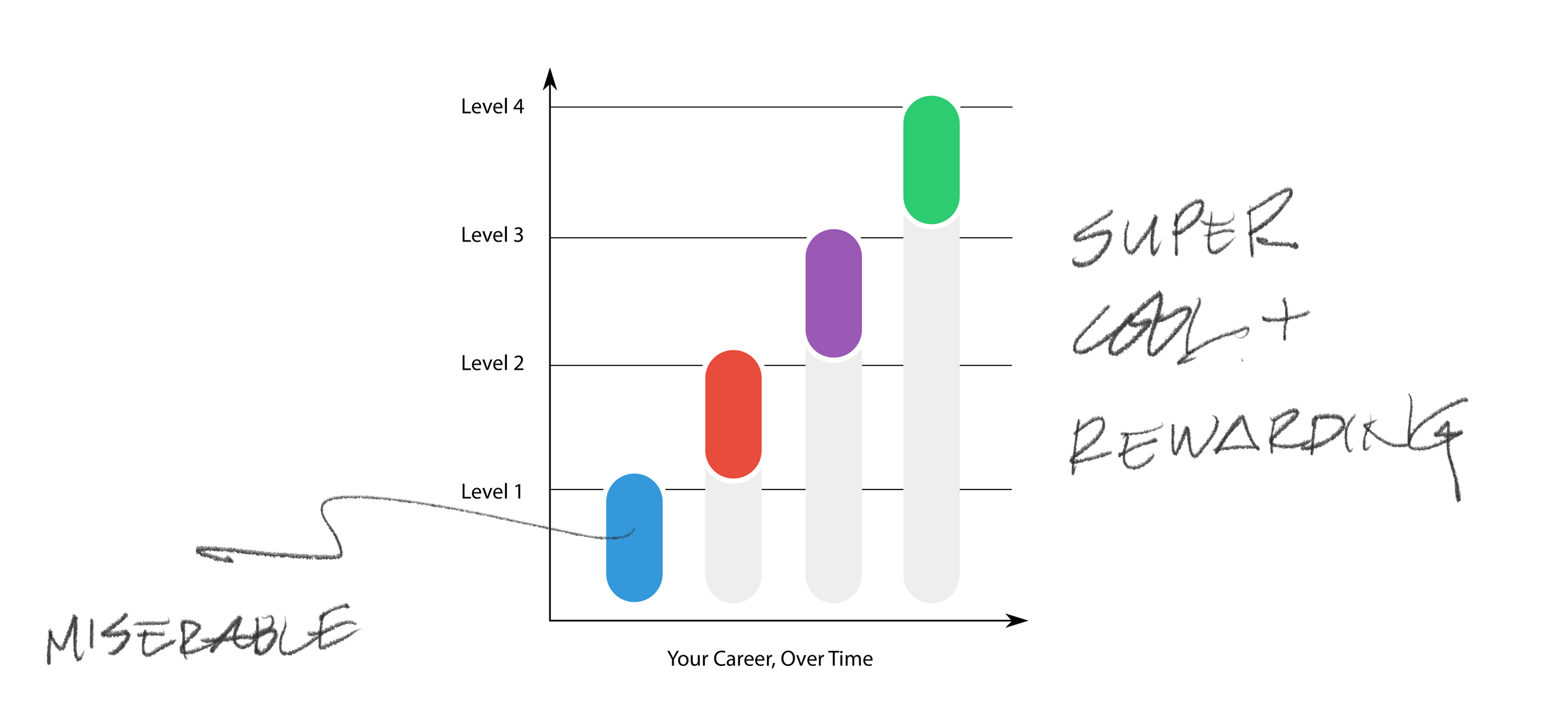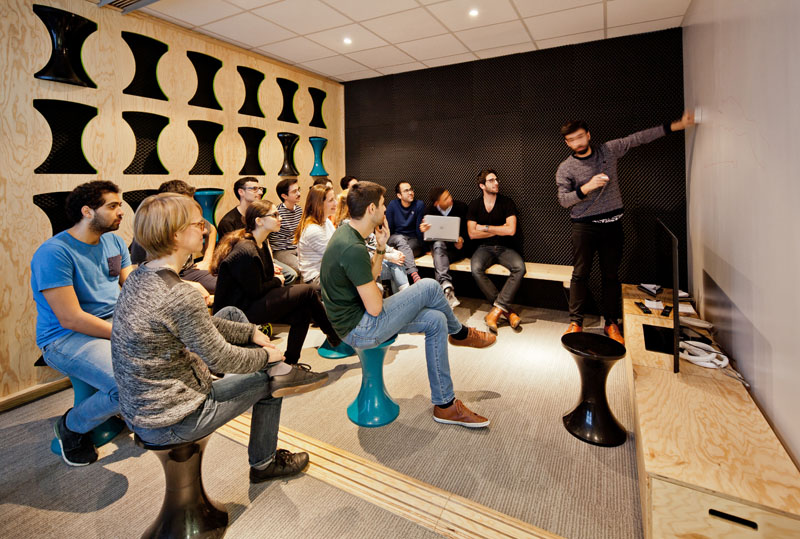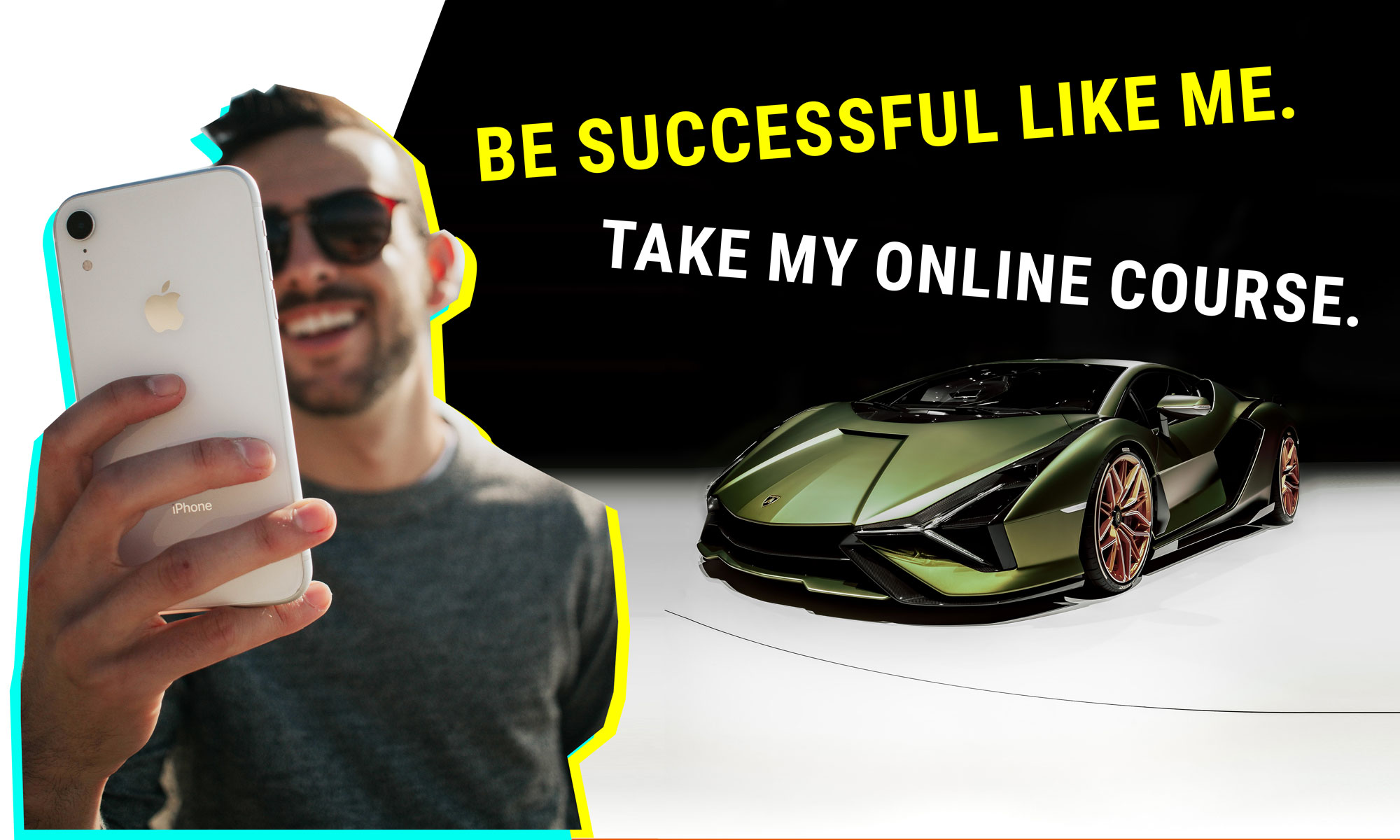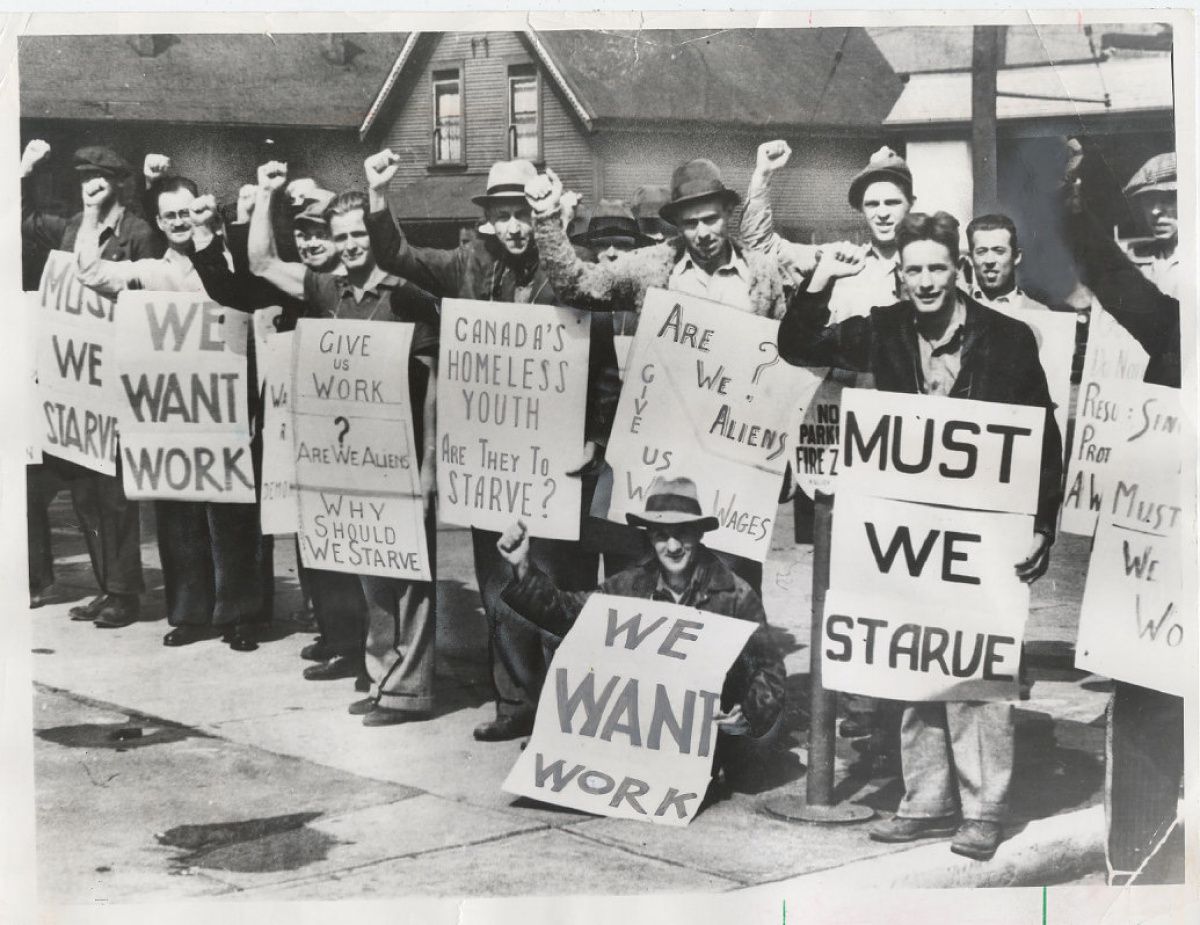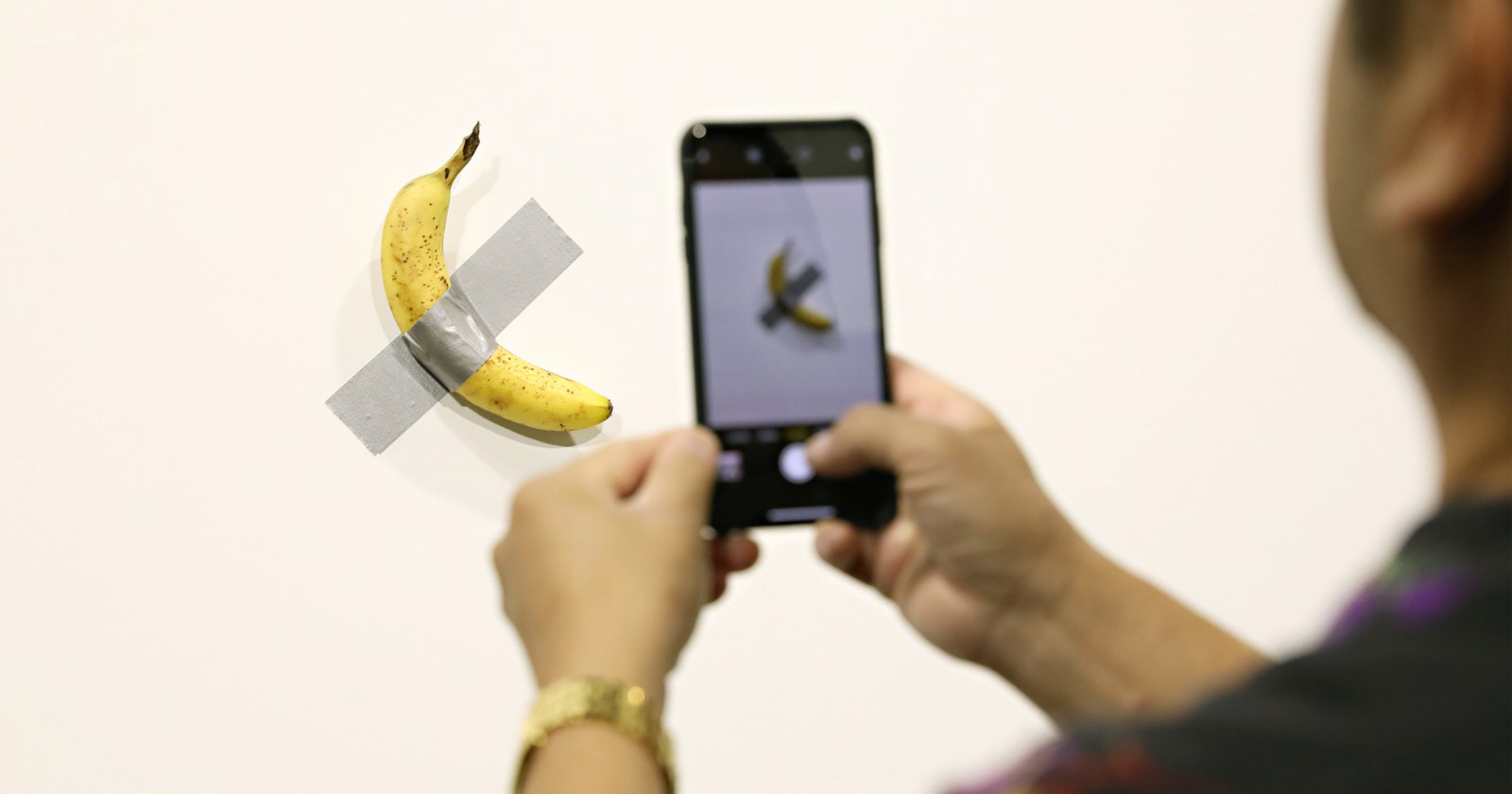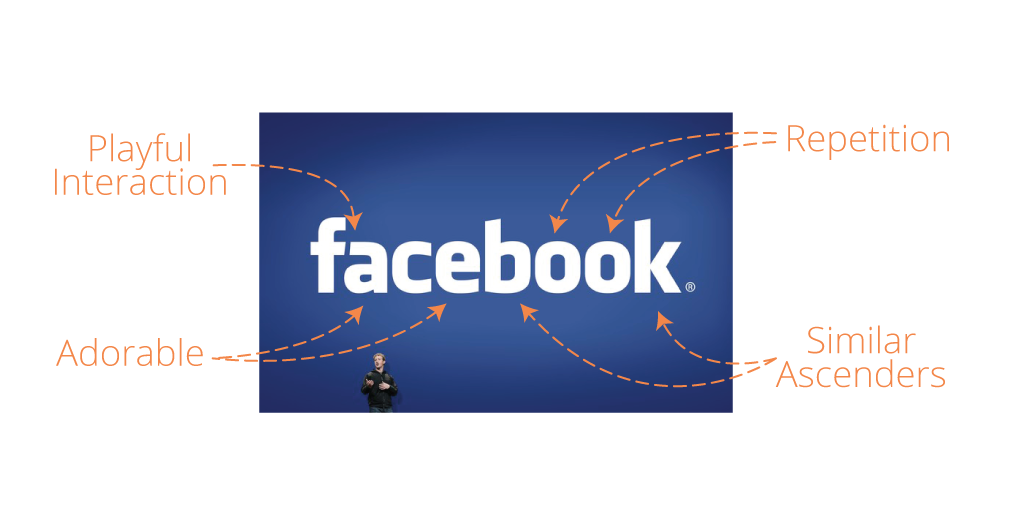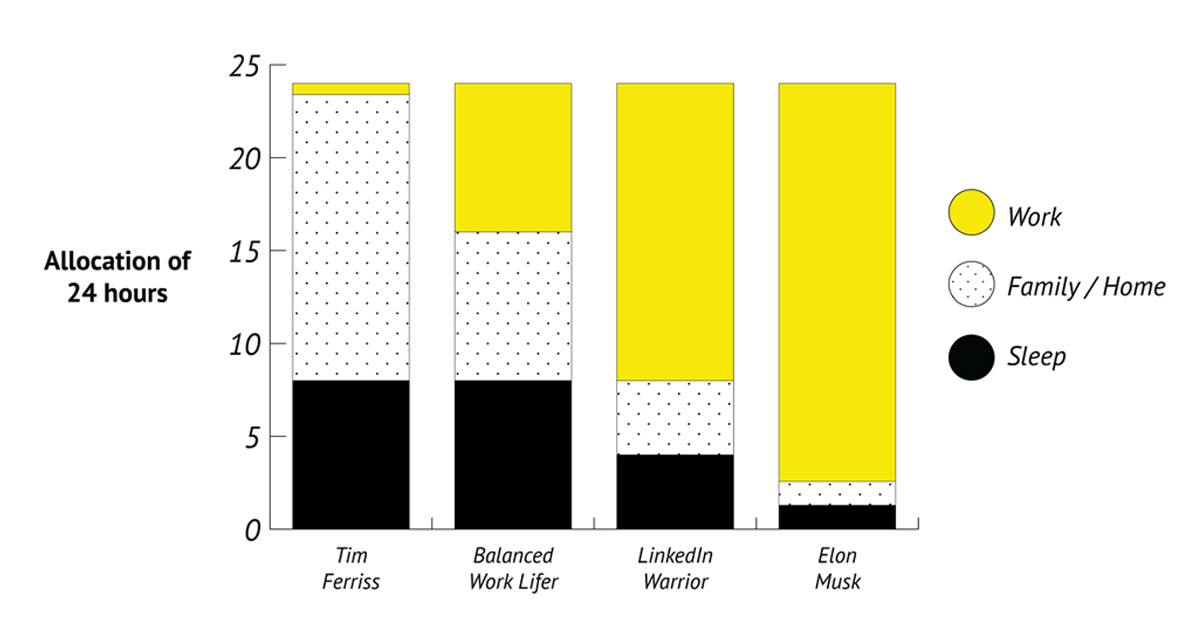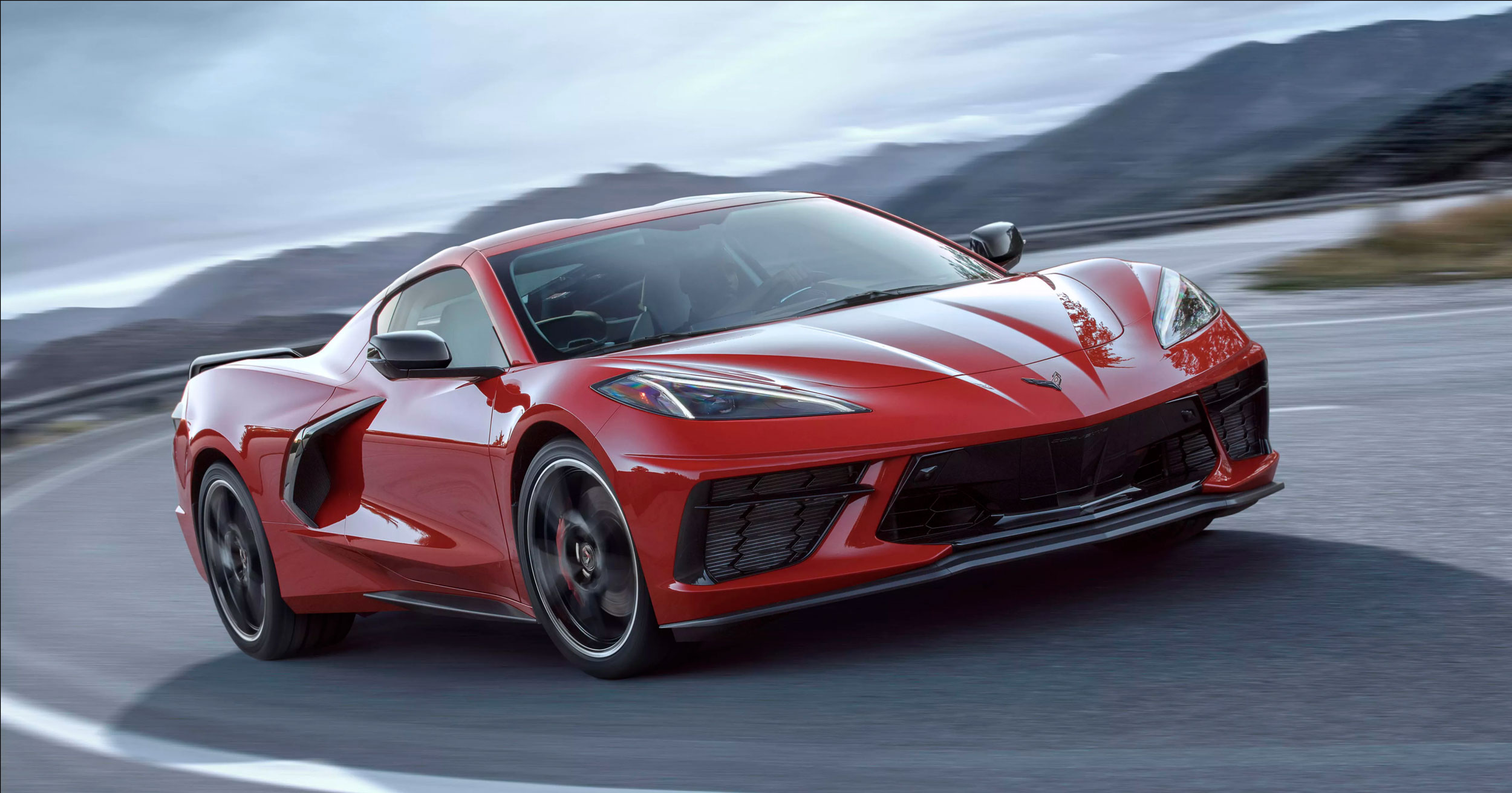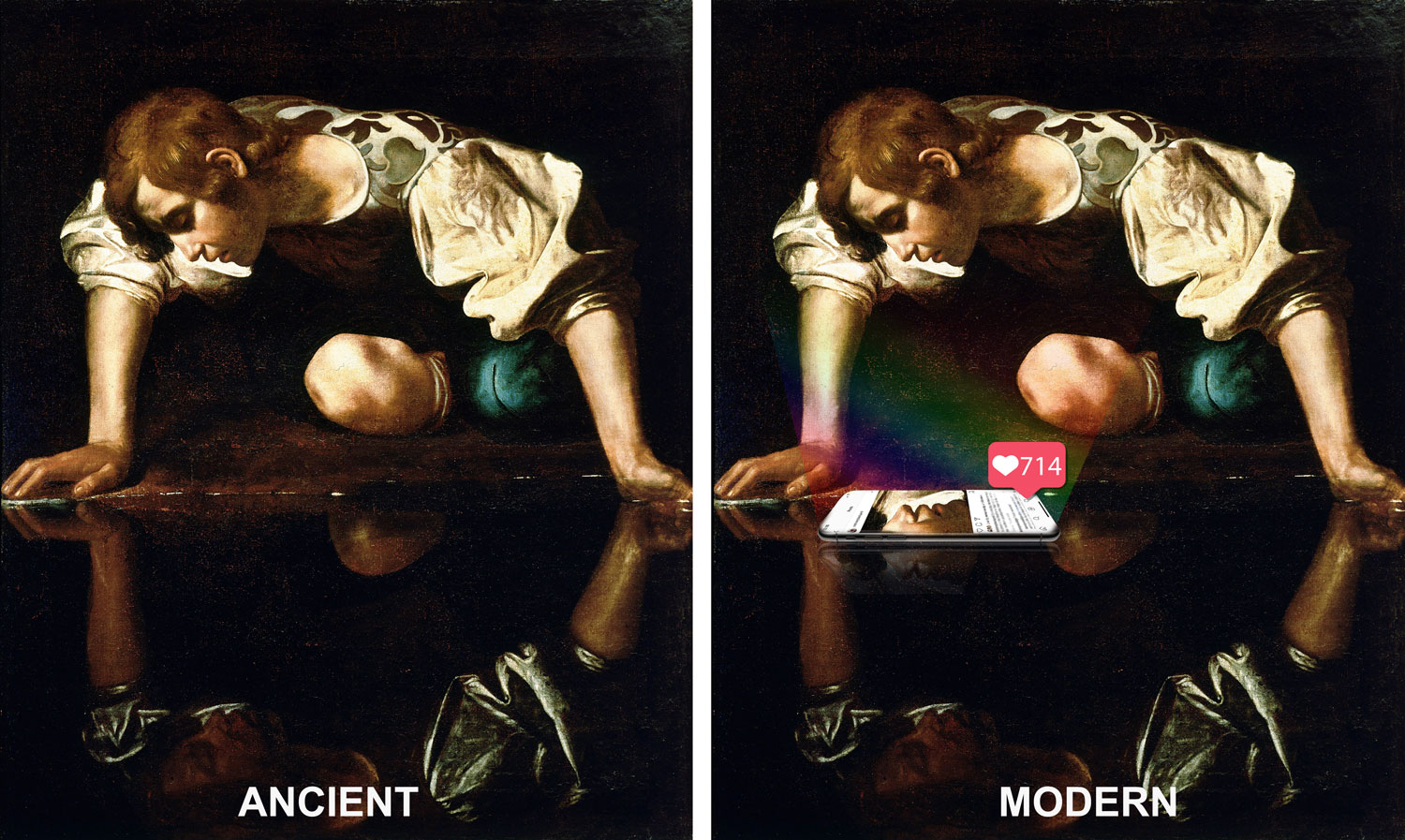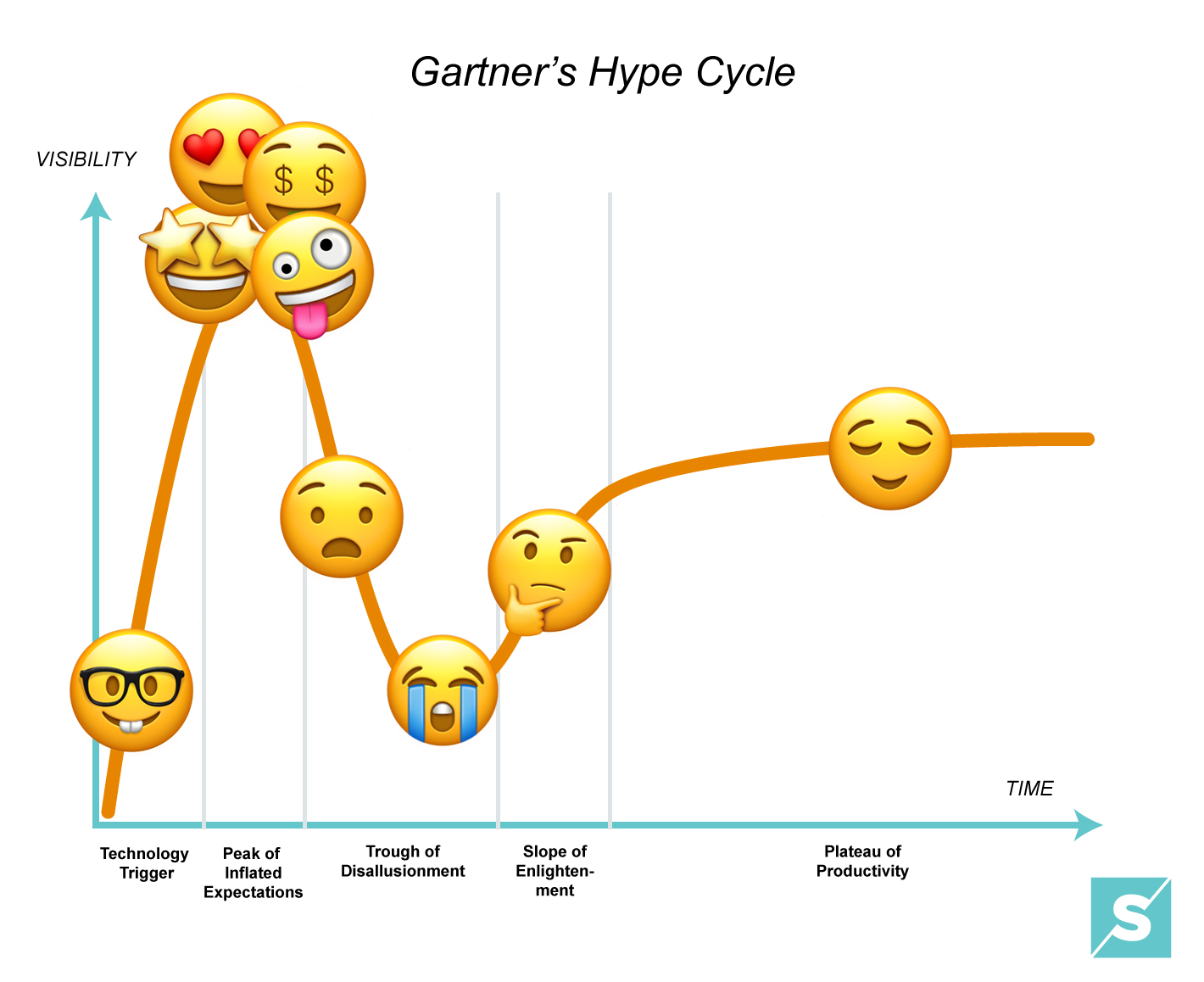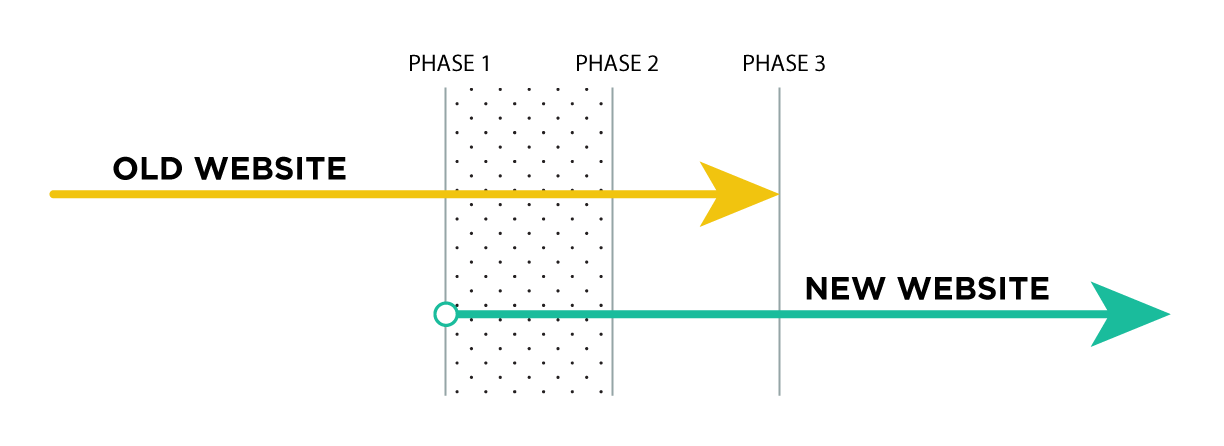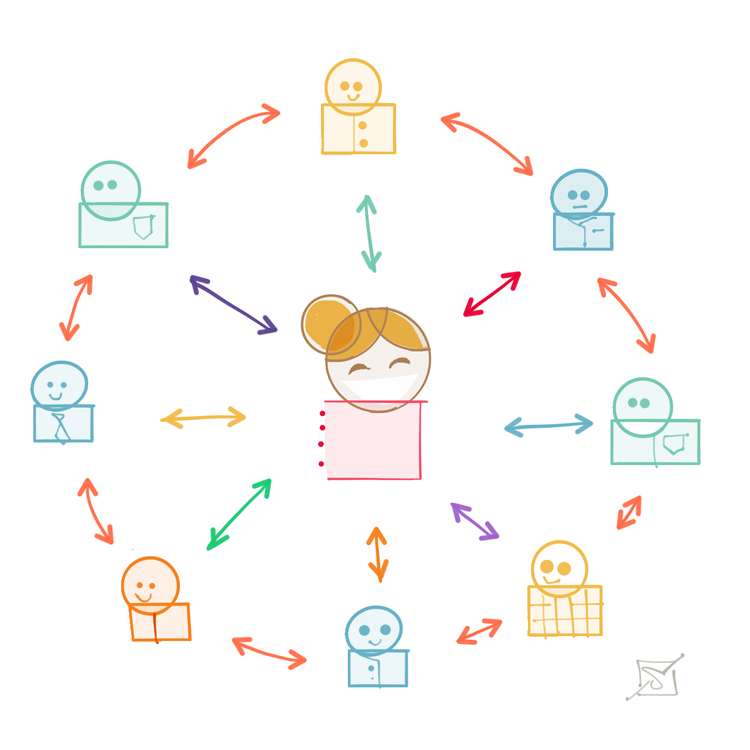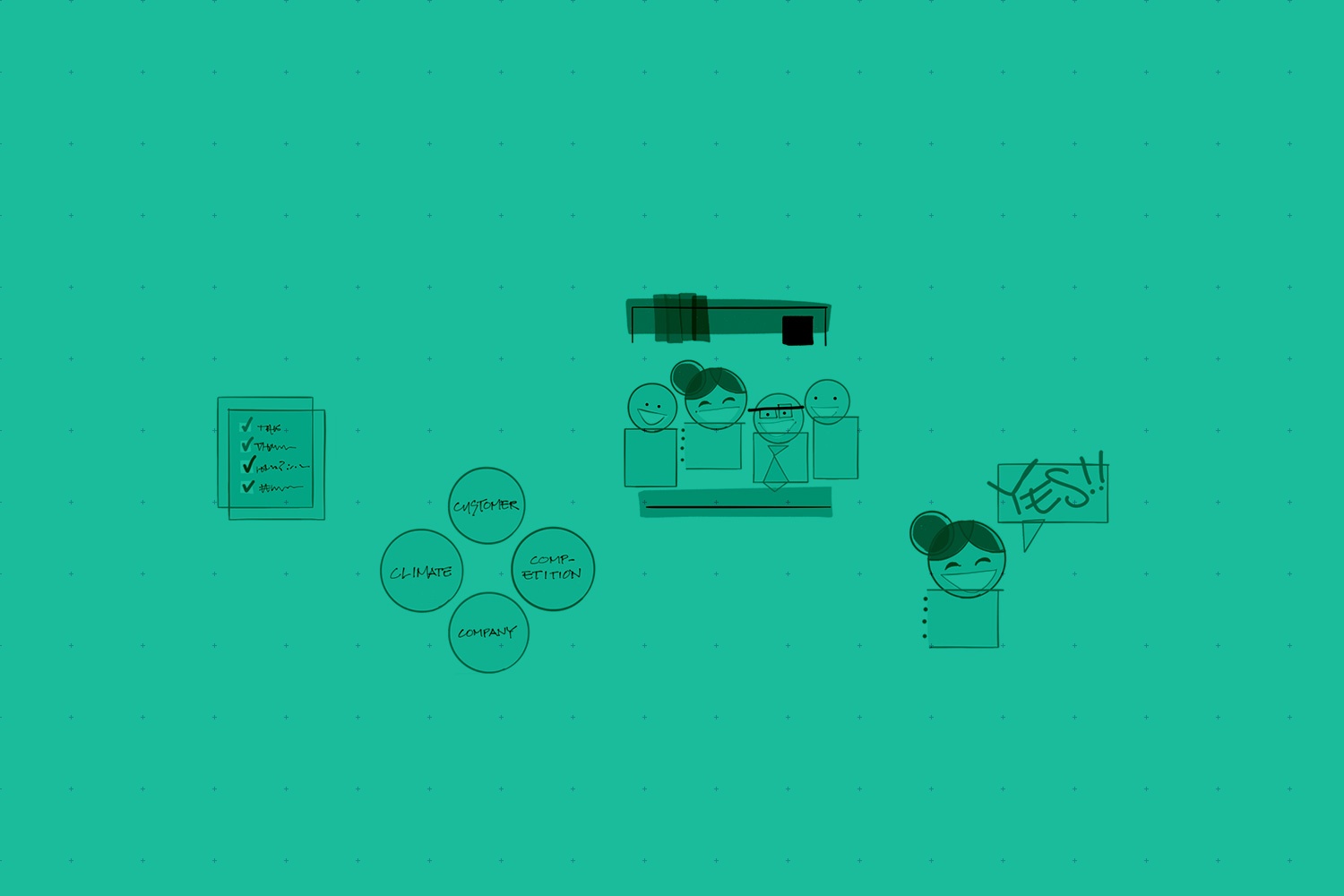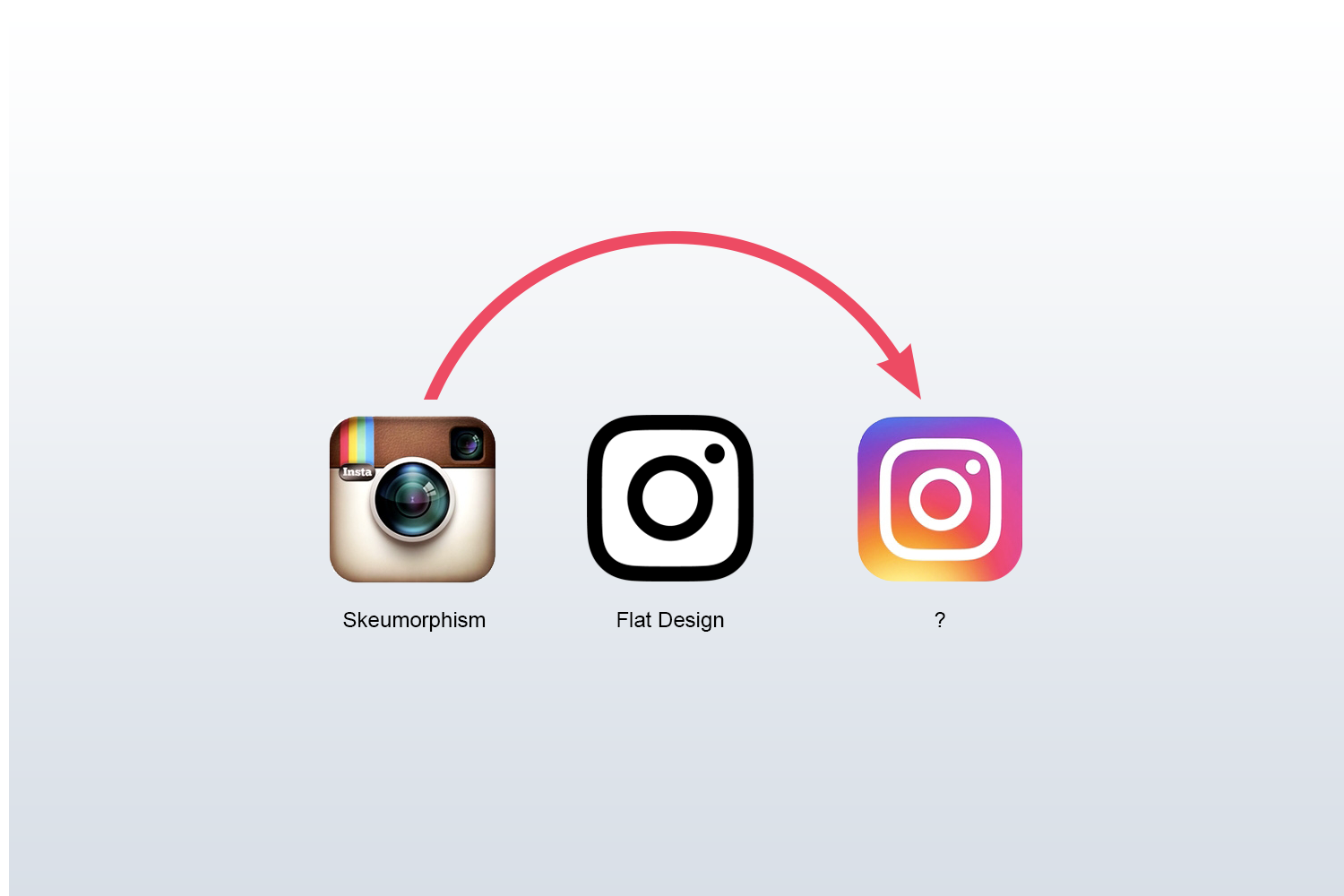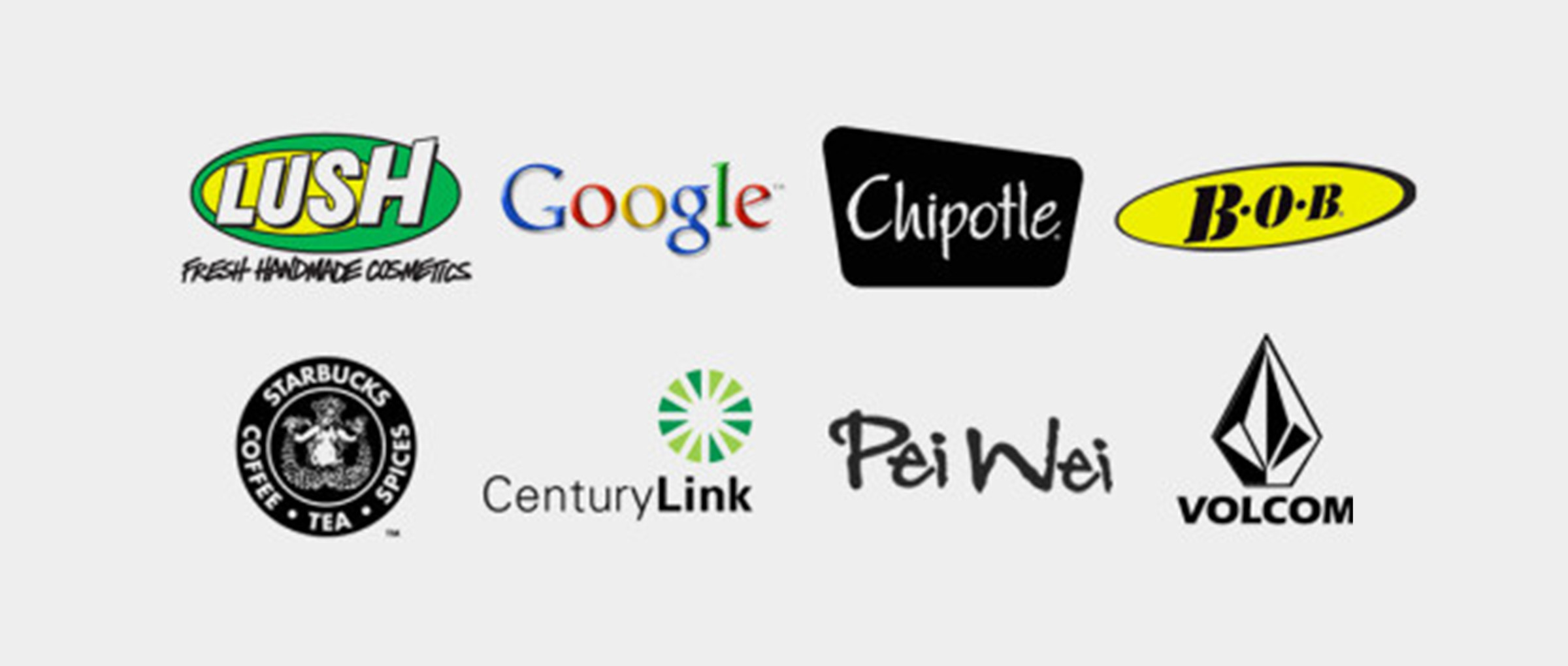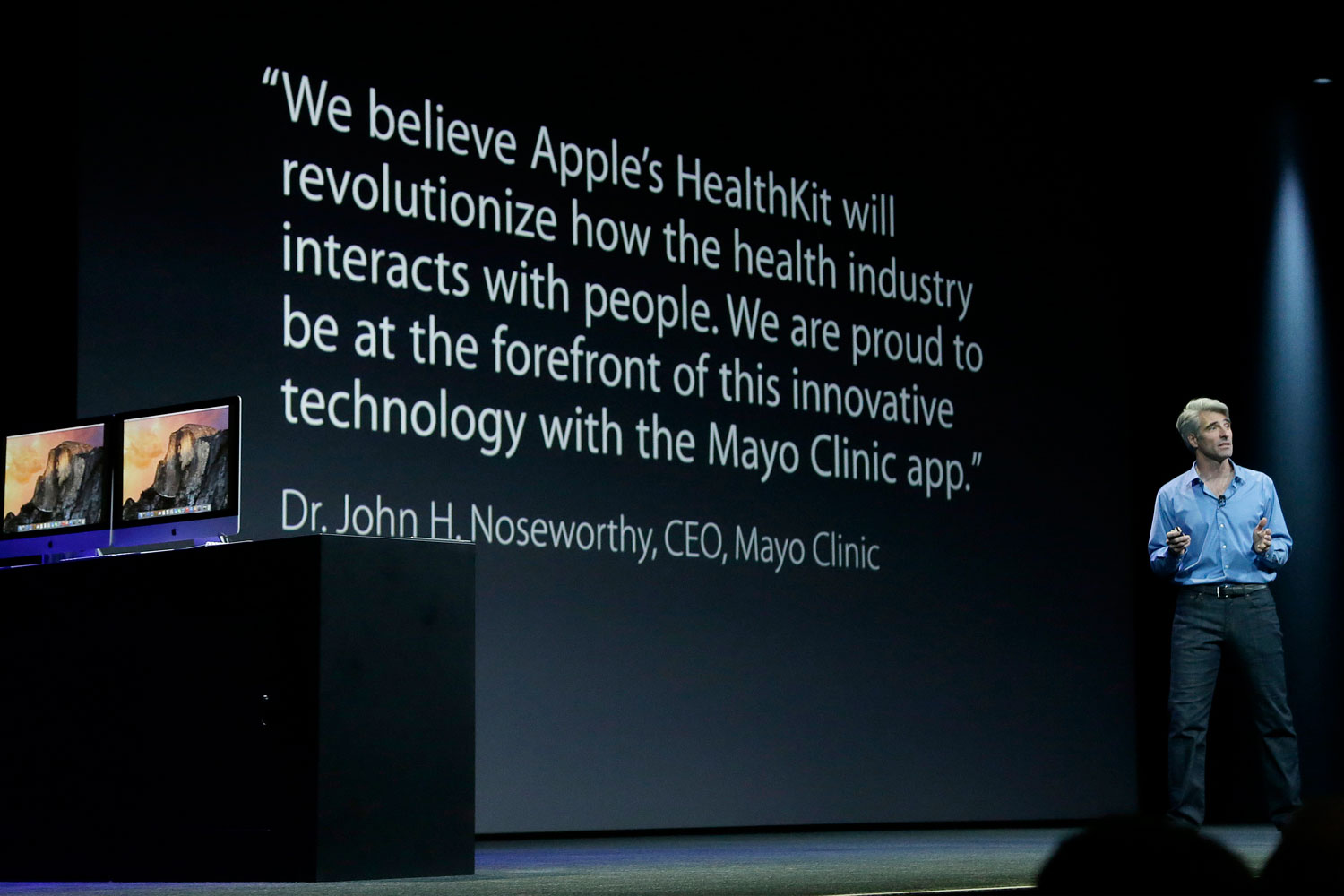But it’s hard to dial down my excitement on this subject. I’ve always been attentive to talk of trends and technology since I was very young. You cannot go anywhere without people declaring what is the next big thing, or grumbling about what was supposed to be awesome but turned out to be lame. So much noise! But powerful models like Gartner’s Hype Cycle and Geoffrey Moore’s Crossing the Chasm bring clarity to those discussions. It’s an analytical assessment of how things become cool. And I think that that is cool.
What it is: With his model, Geoffrey Moore explains how a culture adopts or does not adopt a technology. By dividing the culture into unique groups, we can see what unique motivations are.
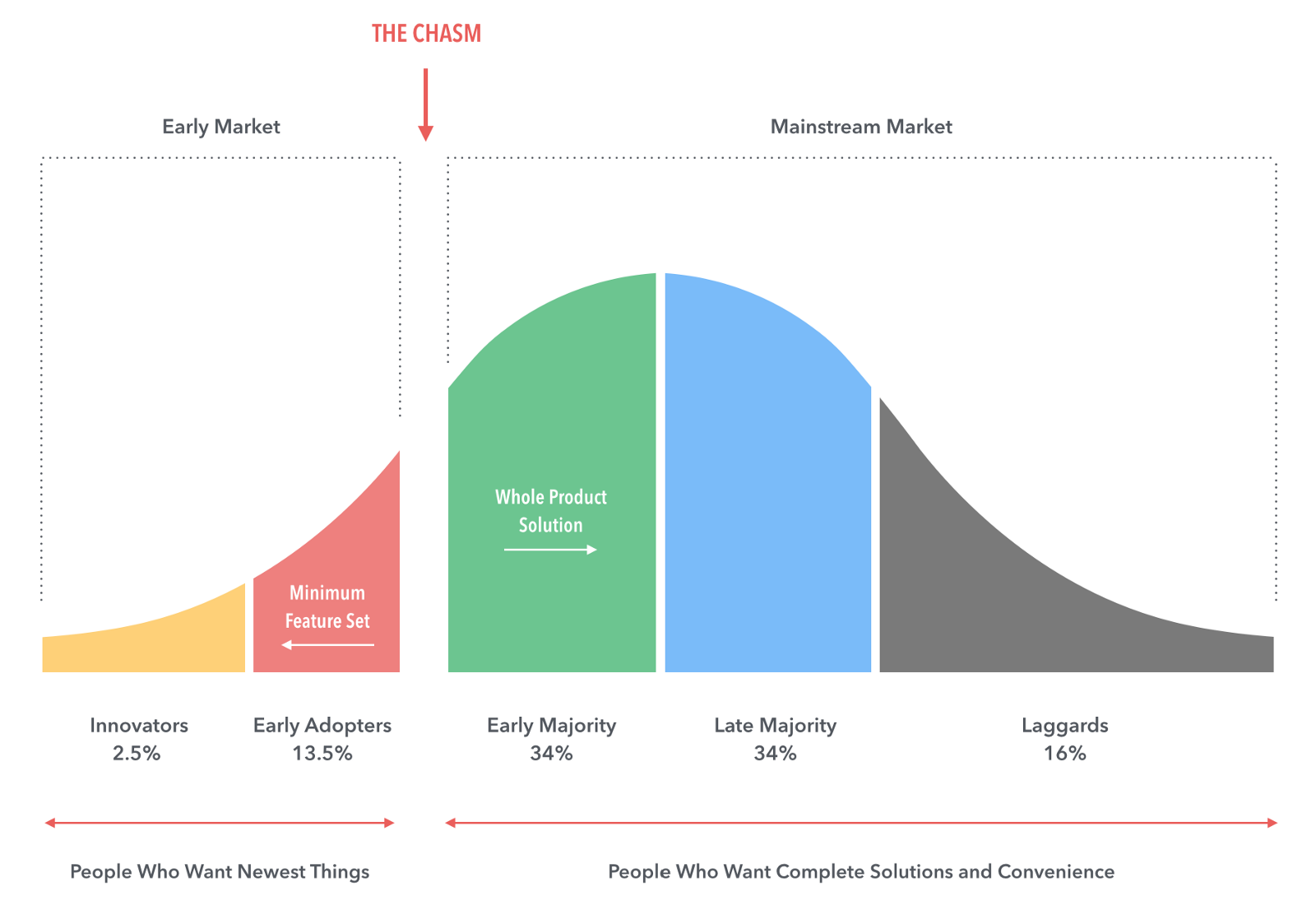
The core of this model traces its roots to 1920s agriculture in the American Midwest. It was developed to explain how innovative farming practices eventually became mainstream. To me, this agricultural heritage is extremely cool. The model is worthwhile beyond our fleeting present moment. This model was later (in the 1960s), upgraded under the title “Diffusion of Innovations.”
Geoffrey Moore’s addition to the diffusion model is the idea of the “chasm,” which is the biggest obstacle for a technology to move into the mainstream. Moore then explained how products need to be marketed differently based on where it is in the process.
Why it’s awesome: This model is fun because it talks about different groups of people who adopt technology. It’s easy to understand because it is about me, you, and all of us. We each wrestle with whether to adopt a technology, or to let it pass by. For me, I really like my vintage wrist watches, so despite my enthusiasm for the Apple Watch, I cannot bring myself to wear it. So it's easy to place yourself into a group for each kind of technology.
How it Predicts the Future: If a technology succeeds and crosses the chasm, you can predict adoption patterns.
Phase: Innovators
The Story: Really like to try new things, even if the technology is untested. They pride themselves in knowing where things are going.
Notes: They have boxes of tech gadgets in the closet that never took off.
Phase: Early Adopters
The Story: They see the vision of the new tech, and they want to be a part of it. However, if the technology doesn’t improve, they’ll move on to something else.
Phase: THE CHASM
The Story: If you are a startup, you know that you have to:
Notes: Go buy the book before you get here.
Phase: Early Majority
The Story: They see that technology is a real problem solver. They make a pragmatic decision to give it a try. They buy the tech, and will pay a premium for a whole product solution.
Phase: Late Majority
The Story: This group does not want to lose any benefit or competitive advantage already gained by the Early Majority. So they adopt the tech as soon as it seems more risky to stay with the established, proven technologies.
Notes: Because of high sales of the technology, prices can edge down, making it more affordable for the late majority.
Phase: Laggards
The Story: Adopt the technology because they are afraid of being disregarded as irrelevant.
Notes: Even really stubborn people can give in and buy a smart phone.
Applications of this Model
Using the Model in Marketing
According to Moore, the marketer should focus on one group of customers at a time, using each group as a base for marketing to the next group. This is very familiar to us because it's a lot like peer pressure in high school: "All the cool kids are doing it."
You'll notice that Apple never introduces a new technology without first letting someone cool put it to use. When it introduced Apple Health, they brought in researchers and practitioners from the Mayo Clinic. When they introduced the Apple Watch, they showed how athletes were already getting ahead by using the product. So in short, they are offering a whole product solution (something that works really well), but they feel compelled to showcase how Innovators took the first step, and then Early Adopters tested the tech and they love it.
Using the Model as a Startup
If you have technology that is new and interesting, know that there is a small but committed group of people who will be excited for you. If you continue to improve the tech and show its worth, then you are on your way up the curve. We've covered this.
However, some people have argued that, as a startup, your goal is to create a bandwagon effect in which momentum builds until eventually becomes the de facto standard. I don't like this point of view because it implies that this whole thing is driven by peer pressure and everyone is trying to be cool, when it is really driven by offering new and better solutions to everyone's problems.







